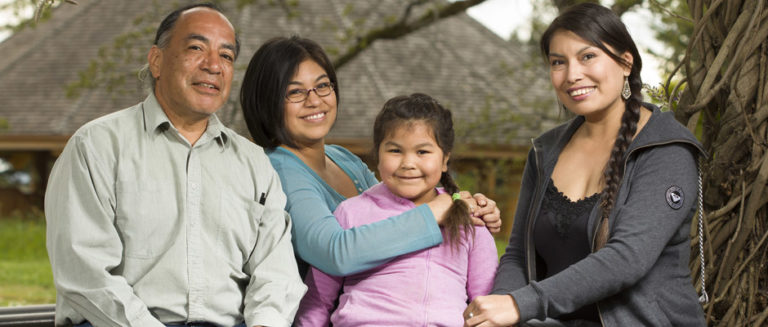4.1.1 Health – an overview of Indigenous Health in Canada

Before Europeans came to Canada, Indigenous peoples had a system of health knowledge that worked well. It was based on the ways of knowing and being of Indigenous people.1 Following colonization, this system was destroyed. In recent years the health of Indigenous adults and children has been improving; however, there still exist significant disparities between Indigenous and non-Indigenous Canadians.1 The underlying factors contributing to these disparities are multi-faceted. They include the determinants of health – social, economic, cultural and political inequities. Income disparities and inadequate housing are examples of these social determinants. In addition, the complicated policies, legislation and agreements that form the basis of health service delivery for Indigenous people has been described as a ‘patchwork’,1 with responsibility split between federal, provincial, municipal and Indigenous governments. In some cases, this is working well and in others, there are many gaps and ambiguities.1 In addition, health services delivery is in a constant state of flux – as the federal government has been working with communities to transfer responsibility for health care services on reserve to communities and tribal councils.1
1National Collaborating Centre for Aboriginal Health. (2013). An overview of Aboriginal health in Canada – accessed November 14, 2018.
